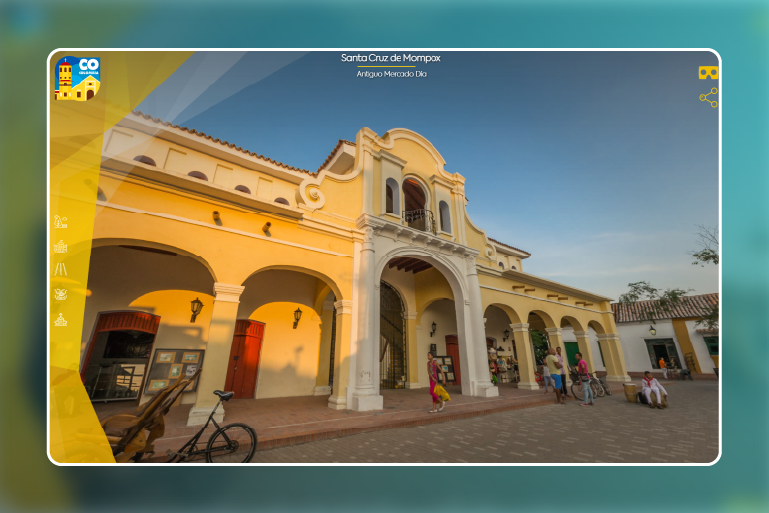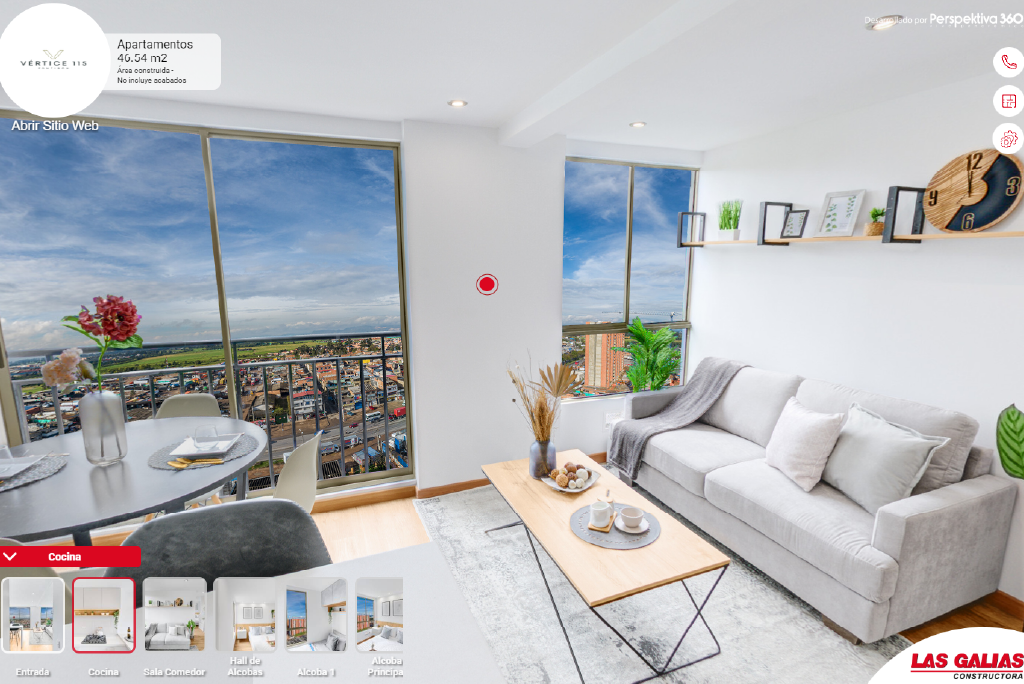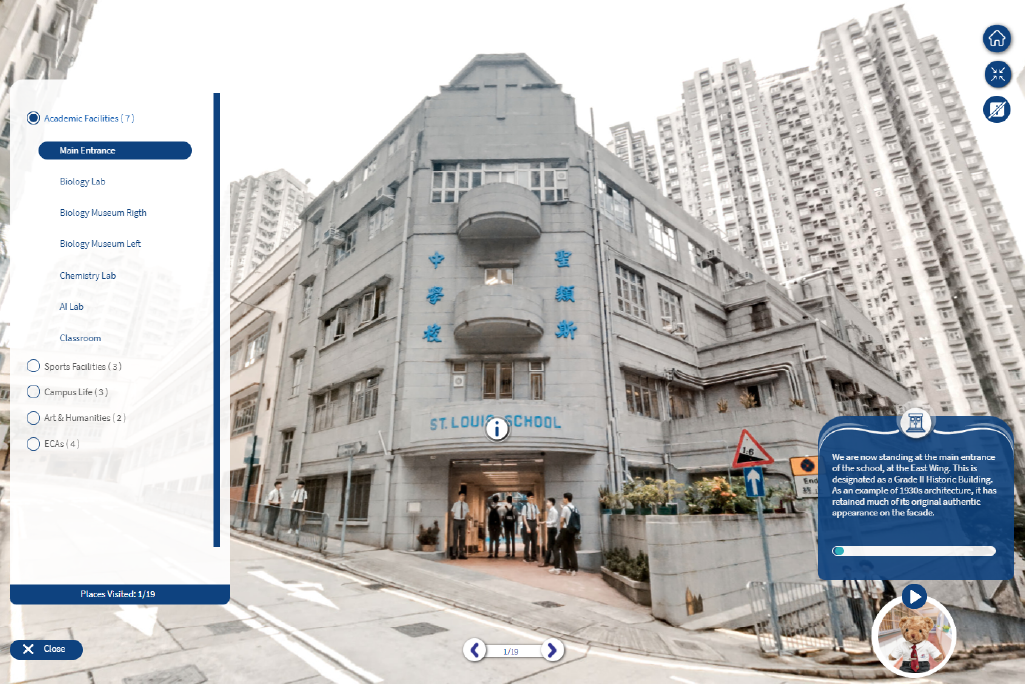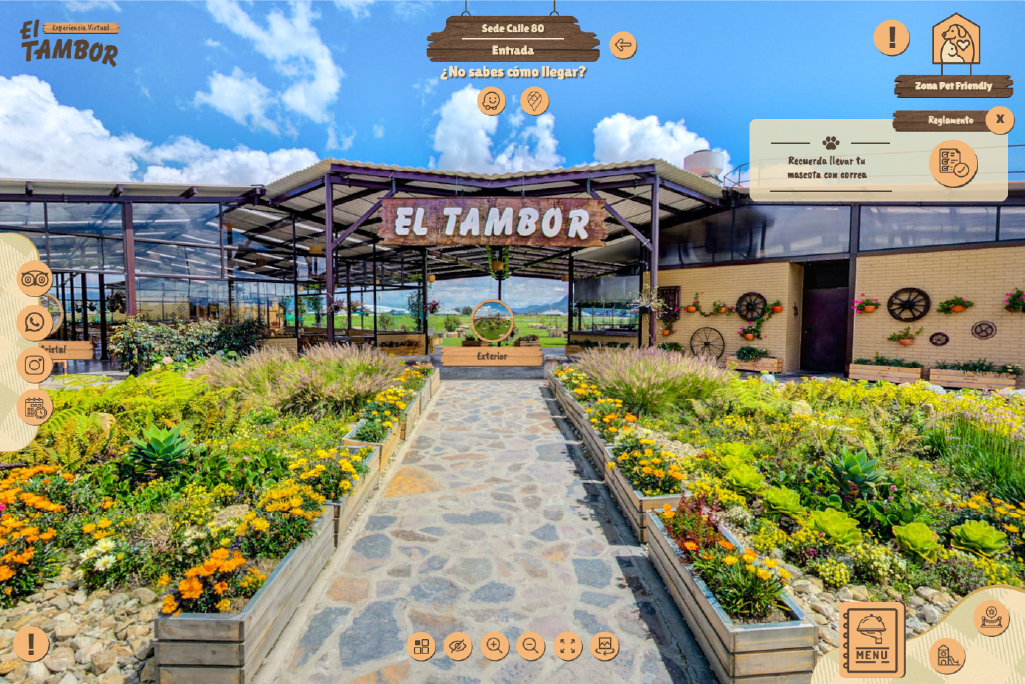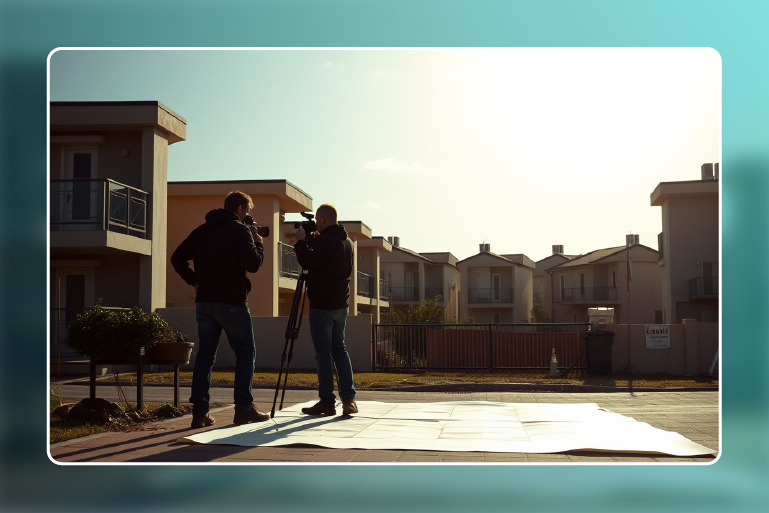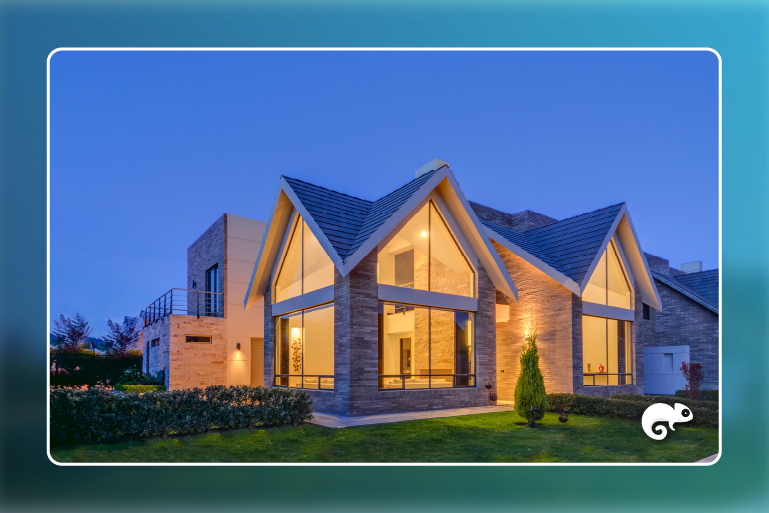Virtual tours have revolutionized the way clients explore real estate properties. Thanks to this innovative tool, it is now possible to tour every space of a property from anywhere in the world without the need for physical visits.
In the real estate industry, virtual tours have become an essential solution for attracting buyers and standing out in an increasingly competitive market. By utilizing high-quality renders and advanced technologies, agents and developers provide an interactive visual experience that surpasses the limitations of traditional formats.
In this article, we will explore what virtual tours are, how they work, and the benefits they offer. We will also examine how this technology is transforming real estate marketing.
What Are Virtual Tours?
Virtual tours are interactive digital representations that allow users to explore real estate properties remotely. Through an internet-connected device, such as a computer, tablet, or smartphone, clients can navigate every corner of a property as if they were physically there.
Unlike other visual formats, such as static images or pre-recorded videos, virtual tours provide a more immersive experience. Users have complete control to move at their own pace, change perspectives, and examine specific details.
Additionally, it is important to distinguish virtual tours from virtual reality (VR) environments. While virtual tours are accessible through standard devices, virtual reality requires special headsets and immerses the user in a fully digital environment. Both formats have valuable applications, but virtual tours stand out for their ease of use and greater accessibility for clients and businesses
Benefits of Virtual Real Estate Tours
Virtual tours offer a wide range of benefits, making them an essential tool for the real estate sector.
- Enhanced customer experience: Potential buyers can explore properties from the comfort of their homes, accessing detailed views that build confidence in decision-making.
- Time-saving: Both agents and clients can reduce the number of physical visits, streamlining the buying process.
- Wider reach: Virtual tours enable access to remote and international clients, expanding business opportunities.
- Visual appeal: With realistic renders and 360° photography, virtual tours effectively showcase existing properties and upcoming projects.
- Optimized real estate marketing: Virtual tours enhance digital strategies, attracting more traffic to listed properties and improving conversion rates.
These benefits not only boost sales but also strengthen the reputation of real estate companies that adopt this technology.
The Technology Behind Virtual Tours
The creation of virtual tours combines different advanced technologies to ensure an immersive and engaging user experience.
- 3D renders: These digital representations allow visualization of properties that are under development or not yet built. They provide realistic details that help clients envision the final space.
- 360° photography: Ideal for existing properties, this format captures full panoramic views, allowing users to explore every part of the property.
- Specialized software: Tools such as Pano2VR, 3D Vista, and Matterport are widely used to design interactive virtual tours. These platforms combine images and renders to create seamless experiences.
- Integration with virtual reality: Although not required, some companies integrate virtual tours with VR devices to offer an even more immersive experience.
By leveraging these technologies, virtual tours become versatile, accessible, and adaptable to different needs in the real estate market.
Applications of Virtual Real Estate Tours
At Perspektiva 360, we provide creative solutions tailored to different needs in real estate project sales. Here are some of the key applications:
Location Tours
These tours use aerial photography to showcase the terrain where a real estate development is planned. They help clients get a bird’s-eye view of the area, highlighting proximity to points of interest such as shopping centers, schools, medical facilities, and more.
Property Tours
Property tours allow clients to explore both the exterior and interior of properties. They help potential buyers understand space distribution, finishes, and key details of each property.
Project Tours
Designed for large-scale projects, these tours integrate all the visual information of a complete real estate development, such as condominiums. They include common areas, individual properties, green spaces, and various amenities.
These applications allow developers and real estate agents to offer personalized and impactful experiences that build trust and enhance client engagement.
Virtual tours are not just a trend but the standard of the future—innovative solutions that combine creativity and technology to facilitate informed decisions, expand project reach, and optimize the customer experience, meeting the demands of the modern real estate market.
